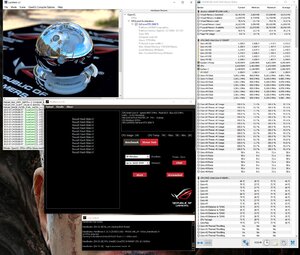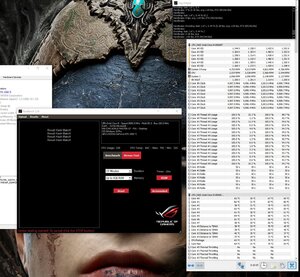azrael.arach
Limp Gawd
- Joined
- Feb 17, 2011
- Messages
- 152
Anyone yet on a 9900k or 9900kf do direct die cooling? Wednesday parts come in to try. Right now I have my 9900kf at 5ghz @ 1.295 volts in bios, load about 1.27. Current temps in realbench top 68 degrees, prime95 I hit 76 to 77. Any tips by anyone that has done it.
![[H]ard|Forum](/styles/hardforum/xenforo/logo_dark.png)

